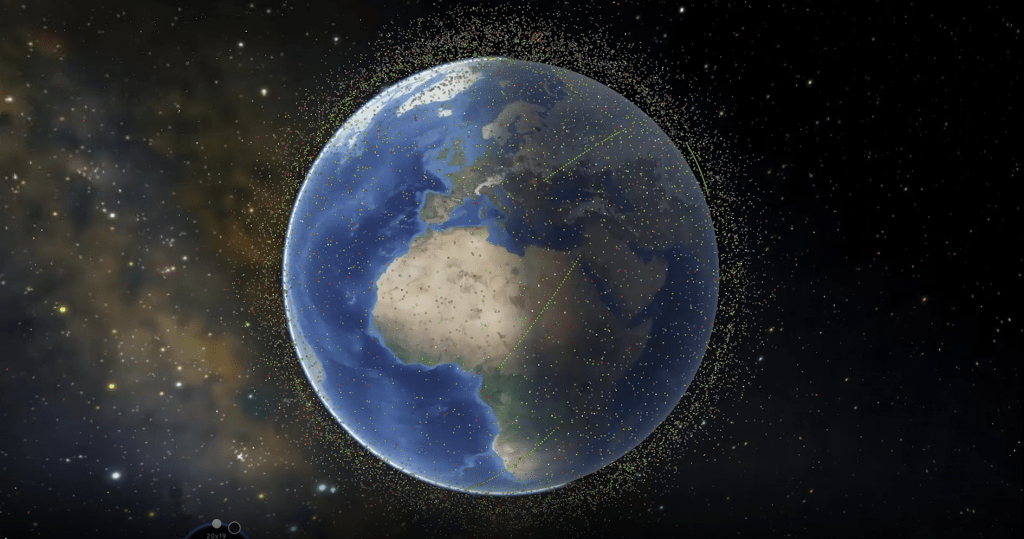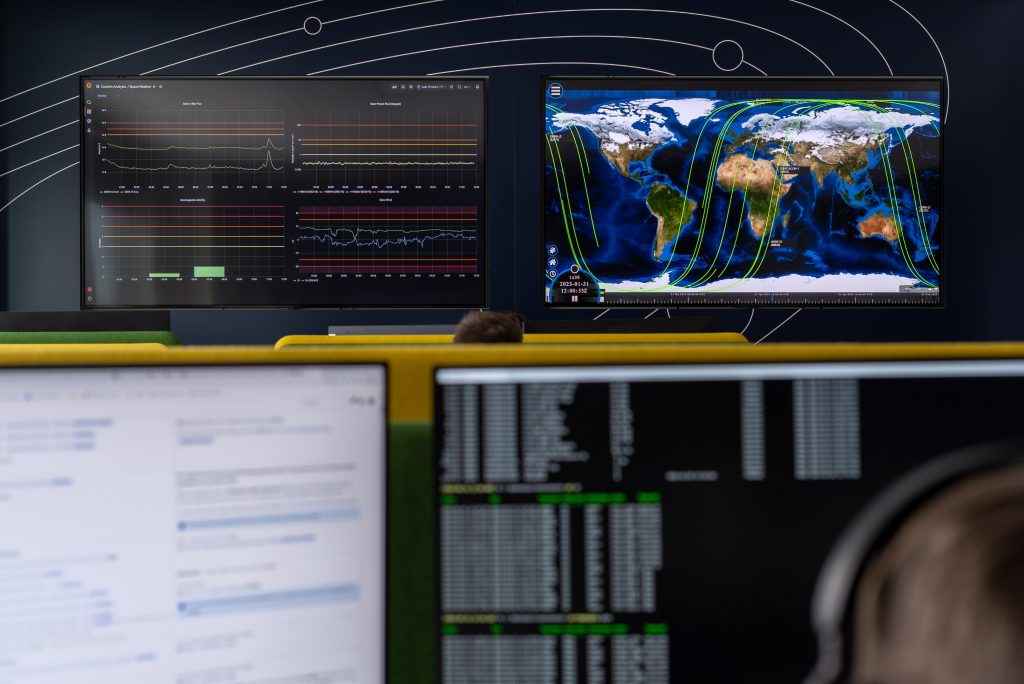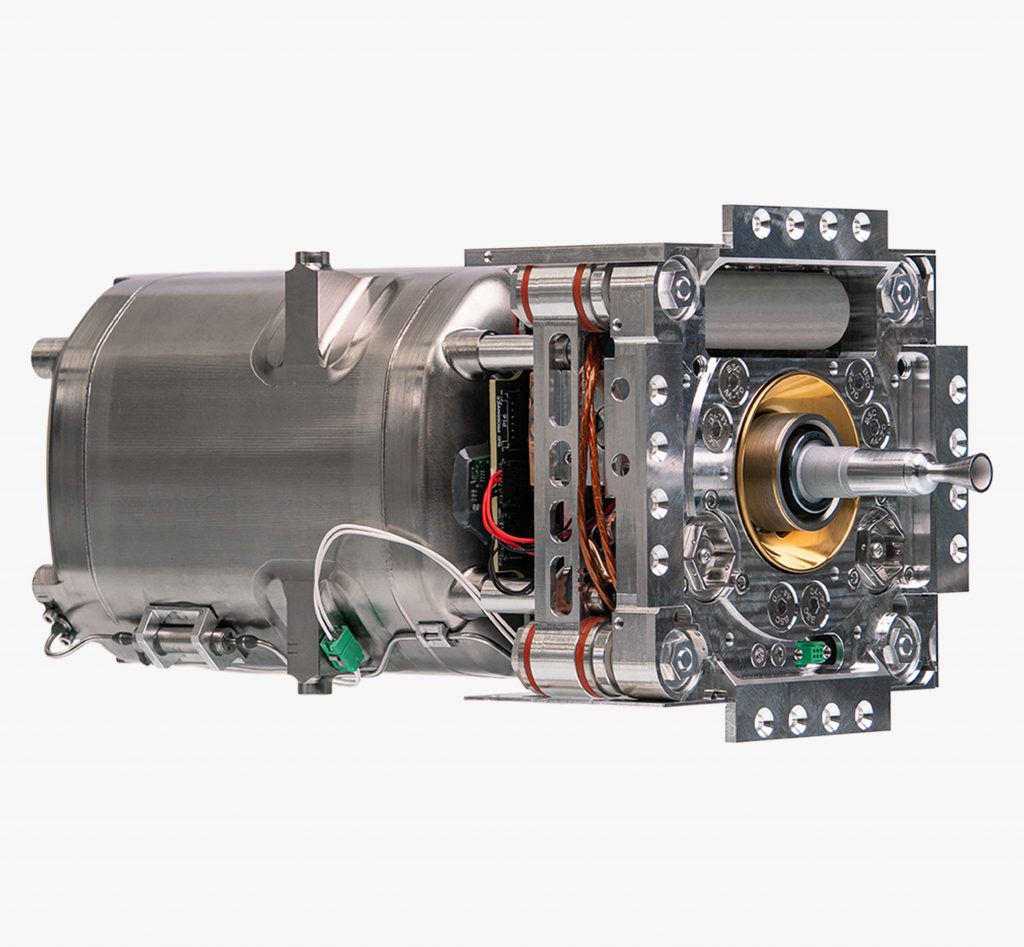Be part of the future with us!
Register now for our online product launch event on May 23rd.
A growing population of satellites raises concerns over the space industry’s sustainability and thechallenge of space debris. Small satellites also known as smallsats and CubeSats play a sustainability role in managing shared radio spectrum, space propellant’s environmental impact, and the expanding threat from space debris.

In some respects, radio spectrum allocation is a solved problem. The institutions, technologies, and standards we already use to regulate terrestrial radio transmissions can ensure responsible use in space.
All satellite operators must receive a radio license from their national regulators before their satellite or CubeSat can launch. This license defines the frequencies the satellite may use to send and receive transmissions. Constellation operators that offer global services may need permission from regulators in each nation they plan to serve.
By extending terrestrial rules into the space domain, regulators and operators keep the thousands of satellites in orbit from interfering with each other or activities on the ground.

The hydrogen and oxygen some launch vehicles use to reach orbit combine to form water. Other propellants are less benign. Hydrazine, for example, is highly toxic. However, the chemical’s high energy density and storability made it an ideal propellant for spacecraft.
New formulations of “green” propellants are replacing these traditional chemicals. Not only safer, but many also deliver better performance than legacy propellants. In 2017, for example, NanoAvionics demonstrated the Chemical Propulsion System for Small Satellites (EPSS), a high-impulse thruster based on a green monopropellant more performant than hydrazine.

Seven decades of space activity have left a cloud of debris, from abandoned rocket stages to flecks of paint, circling the Earth. These objects travel thousands of kilometers per hour. Collisions at these speeds are tremendously energetic and potentially catastrophic. In 2009, a Soviet-era satellite crashed into an Iridium communications satellite at a combined speed of more than 42,000 km/h, destroying both spacecraft and generating thousands of fragments.
Small satellite and CubeSat operators are taking steps to minimize the risk of collisions and space debris. Part of that risk occurs after the satellite stops operating. Unlike large satellites, however, small satellites’ time in orbit is inherently short due to atmospheric drag. Small satellite operators can reduce each satellite’s post-service collision risks by firing thrusters to slow the satellite enough for it to re-enter Earth’s atmosphere.
On-board propulsion also reduces collision risks during the satellite’s service life. Government agencies track debris larger than a centimeter to provide warnings of potential collisions. This space situational awareness lets satellite operators conduct collision-avoidance maneuvers.
Innovative uses of small satellites for debris mitigation include improving space situational awareness by tracking other satellites more precisely or providing the propulsion necessary to de-orbit other satellites.
The small satellite industry, through strategic design, cutting-edge technologies, and proven best practices, is committed to maintaining Earth’s space environment safe and sustainable. Ensuring the sustainability of small satellites creates space for new applications that can significantly enhance our lives on Earth.